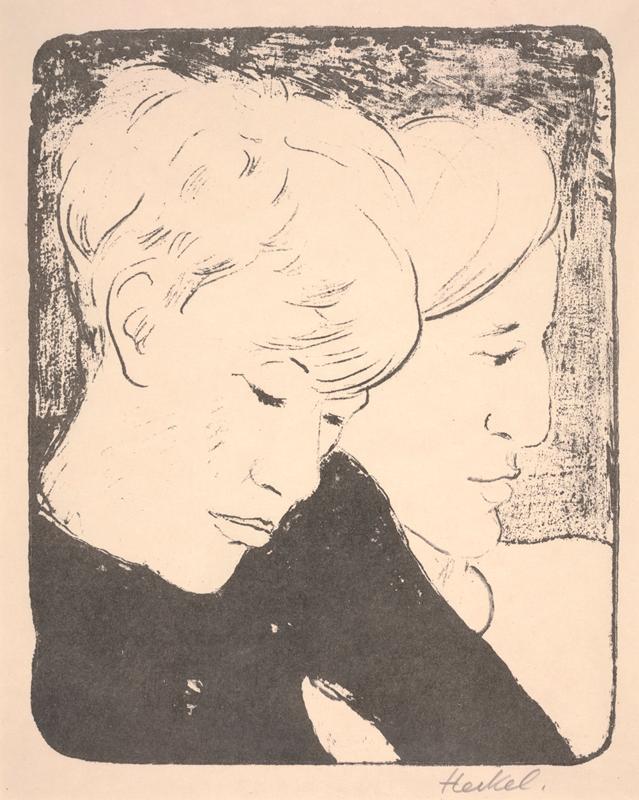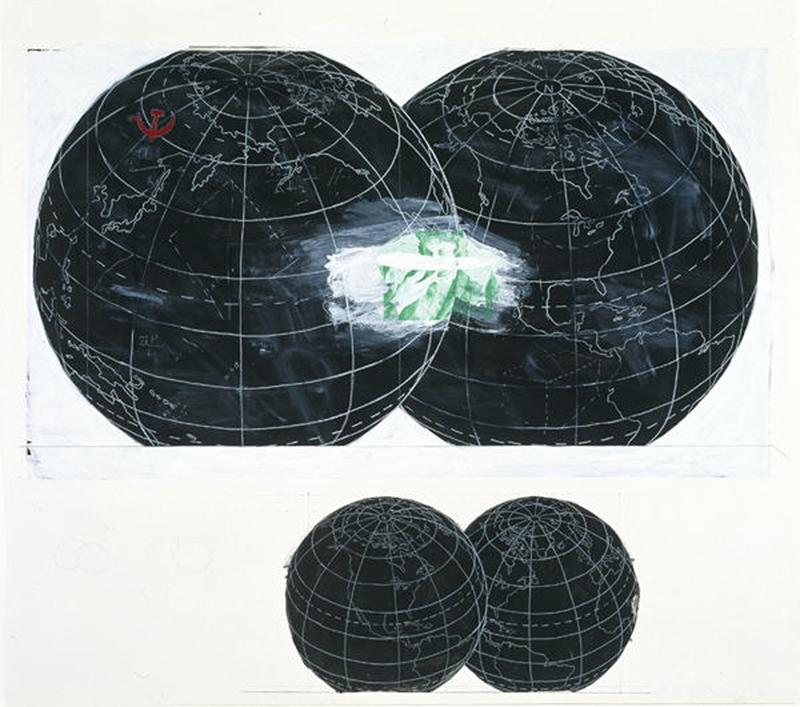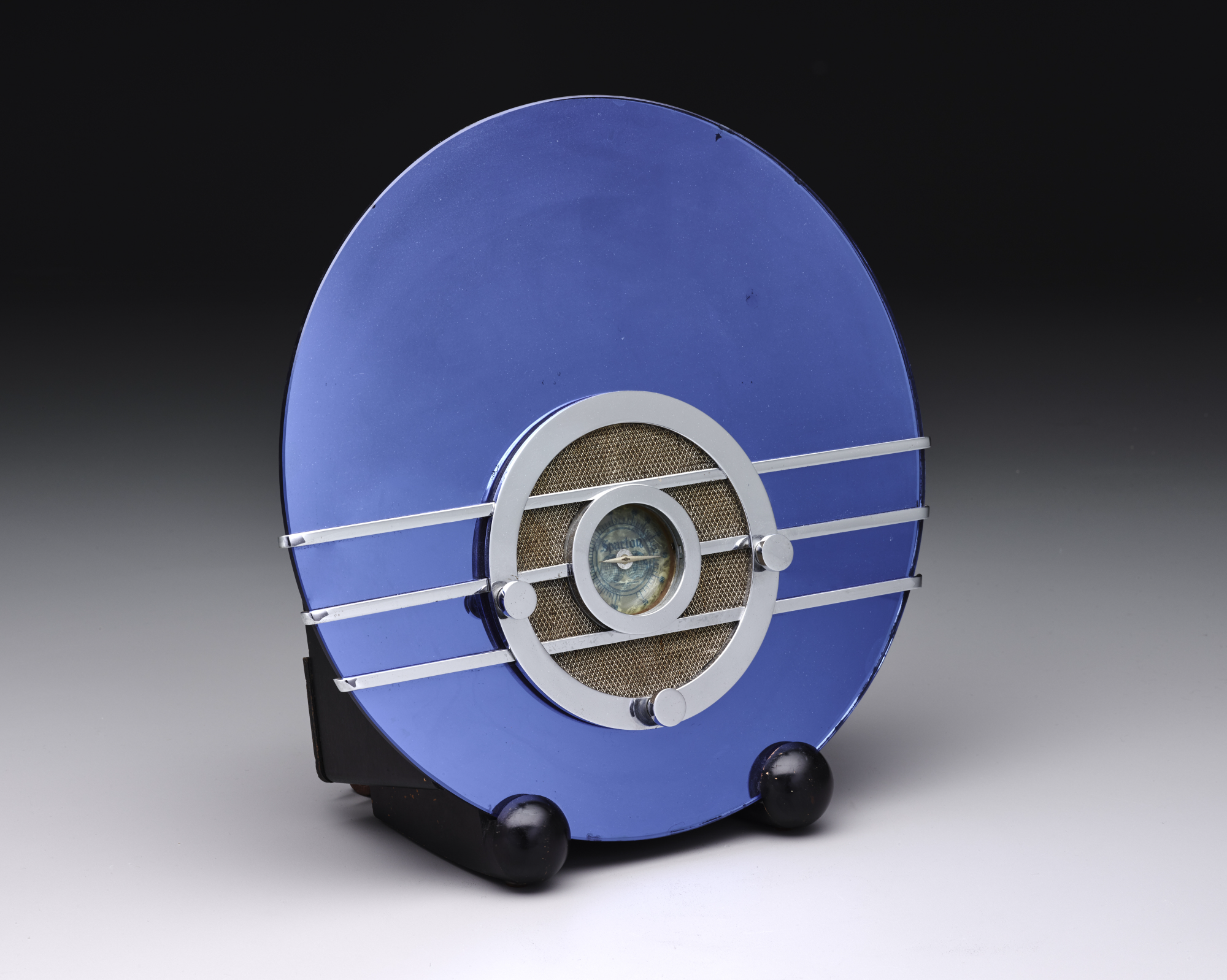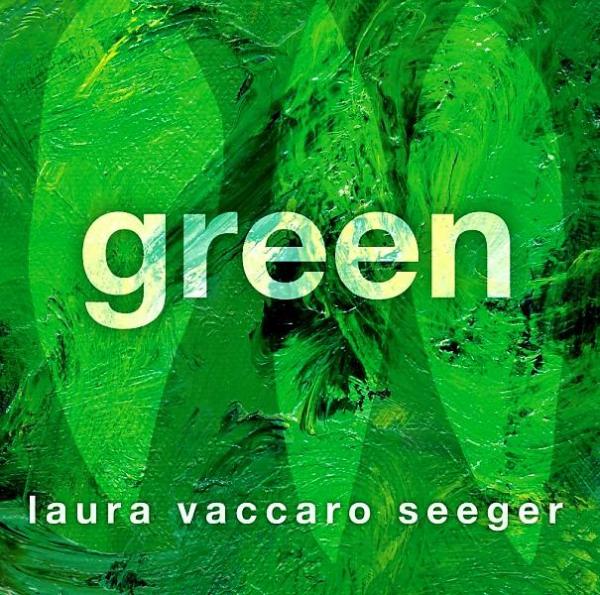2013 is only two weeks old, but it is already looking to be a fantastic year! This is a groundbreaking year for the Museum, and as always our goal is to invite everyone to have an unforgettable experience with the DMA. This is just a sneak peak into the many exciting activities and engaging programs that will take place at the DMA this coming year.
![dma_friends_partners[1]](https://blog.dma.org/wp-content/uploads/2013/01/dma_friends_partners1.jpg?w=300) Free General Admission!! Perhaps the most exciting news of the year: the DMA will offer free general admission to everyone beginning January 21st. We are in the midst of planning some fun opening-day activities, including tours of the collection, performances in the galleries, art-making activities and much more! In addition to free general admission the Museum is also offering free membership which we are calling DMA Friends. Everyone who comes to the Museum can join the DMA Friends program free of charge. This unique approach to membership values participation and engagement, and DMA Friends will gain expanded access to Museum programming and will be rewarded for their activity within the Museum and in the local cultural community. Stay tuned for more information about this exciting program or learn more from our Director, Maxwell L. Anderson.
Free General Admission!! Perhaps the most exciting news of the year: the DMA will offer free general admission to everyone beginning January 21st. We are in the midst of planning some fun opening-day activities, including tours of the collection, performances in the galleries, art-making activities and much more! In addition to free general admission the Museum is also offering free membership which we are calling DMA Friends. Everyone who comes to the Museum can join the DMA Friends program free of charge. This unique approach to membership values participation and engagement, and DMA Friends will gain expanded access to Museum programming and will be rewarded for their activity within the Museum and in the local cultural community. Stay tuned for more information about this exciting program or learn more from our Director, Maxwell L. Anderson.
Events and Programs
- Late Nights at the DMA Every third Friday of the month the Museum stays open until midnight and offers a multitude of experiences for visitors of all ages. Join us Friday, January 18th as we celebrate the DMA’s 110th birthday! Dance the night away to the music of Brave Combo, join in on a special workshop with guest artist John Hernandez, whose work Hi-C Avenger is currently on view in the Center for Creative Connections (C3), explore our special exhibitions, compete against other teams in a Creativity Challenge, go on personal tours, and more! Check our Late Night page for a complete schedule of upcoming events.
- Autism Awareness Family Celebration February 2nd The DMA is a leader in providing inclusive experiences for a diverse set of audiences. The Autism Awareness Family Celebration provides a safe, comfortable way to introduce the Museum to families of children with autism and show them how they can have a successful visit to the DMA with their child on the Autism Spectrum. The Center for Creative Connections will be open and available before the Museum opens, from 9am – 11am, for parents and children to play and enjoy art together in a fun environment. Participate in staff-led gallery experiences, enjoy an interactive musical performance, and create a work of art in the studio. Pre-registration is required as space is limited.
- First Tuesdays at the DMA The Museum arranges special, thematic programming on the first Tuesday of every month that is specifically designed for children ages five and under, but of course all ages are welcome! We invite families to enjoy thematic art-making activities, story times, performances, and gallery activities. Activities are focused on a different theme each month. February 5th: Materials Mania; March 5th: Over the Rainbow. Check our family page regularly for event updates and a complete list of activities.
Upcoming Exhibitions
![9307-1[1]](http://blog.dma.org/wp-content/uploads/2013/01/9307-11.gif?w=215)
- Marc Chagall, Entre Chien et Loup (Between Darkness and Night), 1943, oil on canvas, private collection
Chagall: Beyond Color February 17 – May 26, 2013 This beautiful exhibition places the prolific artist’s beloved paintings alongside his works in sculpture, ceramics, and collage to explore his relationship with space and volume. The centerpiece of the exhibition will be a display of costumes made by Marc Chagall in 1942 for the production of the ballet Aleko, choreographed by Léonide Massine with music by Pyotr Ilyich Tchaikovsky. The ballet’s première took place in September 1942 in Mexico City, followed by the Ballet Theatre of New York production, and the costumes have not been seen in the U.S. since. Dallas is the only US city to secure access to this exhibition, what a treat!
![9440-1[1]](https://blog.dma.org/wp-content/uploads/2013/01/9440-11.gif)
Loren Mozley, Winter Fields, 1948, oil on canvas, collection of Susan and Claude Albritton III
Loren Mozley: Structural Integrity February 17 – June 30, 2013 Within the realm of Texas art, Mozley played a key role in shaping generations of young artists who received instruction from him during his tenure of thirty-seven years (1938-1975) in the art department at the University of Texas, Austin. The exhibition is the first retrospective of the artist’s work since 1978 and will bring together choice works by Mozley (1905-1989) dating from the late 1930s through the 1970s with the aim of re-visiting Loren Mozley’s bodu of work and revealing his debt to forerunners such as Cézanne, and his responses to modernist trends.

Cindy Sherman, Untitled, 1981, Type C print, Dallas Museum of Art
Cindy Sherman March 17 – June 9, 2013 Cindy Sherman is widely recognized as one of the most important contemporary artists of the last forty years, and is arguably the most influential artist working exclusively with photography. This traveling retrospective exhibition traces the groundbreaking artist’s career from the mid-1970s to the present and brings together more than 170 key photographs from a variety of the artist’s acclaimed bodies of work, for which she created numerous constructed characters and tableaus. This is the first comprehensive museum survey of Sherman’s career in the United States since 1997, the exhibition draws widely from public and private collections, including the DMA.
![10157-1[1]](https://blog.dma.org/wp-content/uploads/2013/01/10157-11.gif)
Marble statue of a discus thrower (diskobolos), Roman period, second century A.D., © The Trustees of the British Museum (2012).
The Body Beautiful in Ancient Greece May 5 – October 6, 2013 This internationally touring exhibition of more than 120 objects explores the human form through exquisite artworks exclusively from the British Museum’s famed collection of Greek and Roman sculpture. Iconic marble and bronze sculptures, vessels, funerary objects, and jewelry are among the treasures that explore the human form, some dating back to the second millennium B.C.
![9583-1[1]](https://blog.dma.org/wp-content/uploads/2013/01/9583-11.gif)
Gene Gordon , John F. Kennedy reaching out to crowd in Fort Worth, November 22, 1963, 1963, gelatin silver print, Amon Carter Museum of American Art
Hotel Texas: An Art Exhibition for the President and Mrs. John F. Kennedy May 26 – September 15, 2013 In commemoration of the 50th anniversary of the assassination of President John F. Kennedy, the DMA will bring together the works of art installed in the president’s suite at the Hotel Texas during his fateful trip in 1963. The original installation, orchestrated by a small group of Fort Worth art collectors, was created especially for the president and first lady in celebration of their overnight visit to the city and included paintings by Vincent van Gogh, Thomas Eakins, Lyonel Feininger, Franz Kline, and Marsden Hartley, and sculptures by Pablo Picasso and Henry Moore, among others.
![9777-1[1]](https://blog.dma.org/wp-content/uploads/2013/01/9777-11.gif)
Jim Hodges, With the Wind, 1997, Scarves and thread, Fuhrman, Amanda and Glenn, photo by Alan Zindman
Jim Hodges: sometimes beauty October 6, 2013 – January 12, 2014 This October, Dallas will premiere a major traveling exhibition and the first comprehensive survey to be organized in the United States on the work of contemporary American artist Jim Hodges. Co-organized by the Dallas Museum of Art and the Walker Art Center, this exhibition explores the trajectory of the artist’s twenty-five-year career, highlighting the major themes that unify his multilayered and varied practice. Comprising approximately seventy-five works produced from 1987 through the present, this exhibition examines how Hodges transforms both everyday and precious materials into poignant meditations on themes including time, loss, identity, and love.
We hope to see you soon!
Danielle Schulz
McDermott Intern for Family Experiences
































![dma_friends_partners[1]](https://blog.dma.org/wp-content/uploads/2013/01/dma_friends_partners1.jpg?w=300)
![9307-1[1]](http://blog.dma.org/wp-content/uploads/2013/01/9307-11.gif?w=215)
![9440-1[1]](https://blog.dma.org/wp-content/uploads/2013/01/9440-11.gif)

![10157-1[1]](https://blog.dma.org/wp-content/uploads/2013/01/10157-11.gif)
![9583-1[1]](https://blog.dma.org/wp-content/uploads/2013/01/9583-11.gif)
![9777-1[1]](https://blog.dma.org/wp-content/uploads/2013/01/9777-11.gif)
